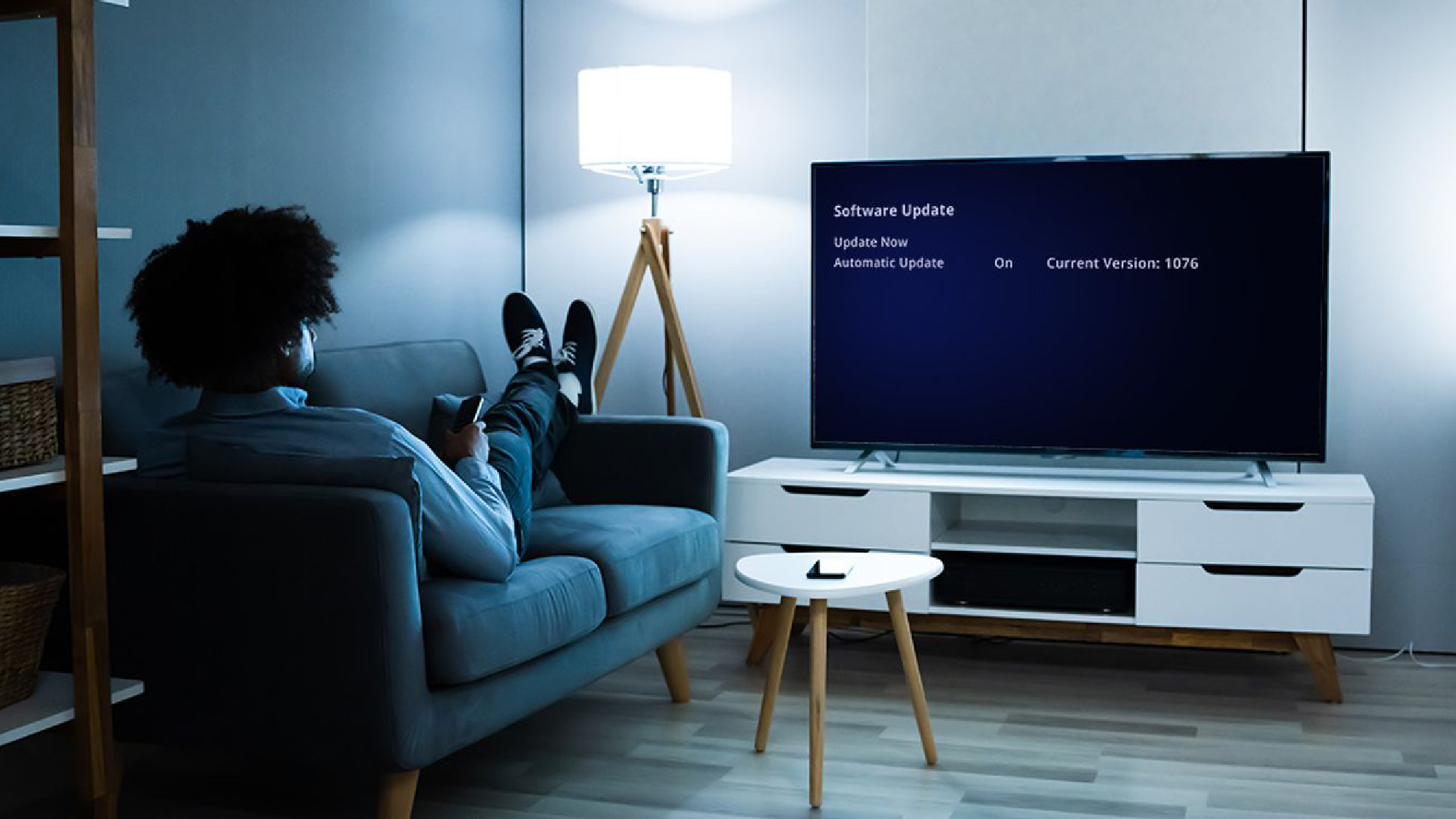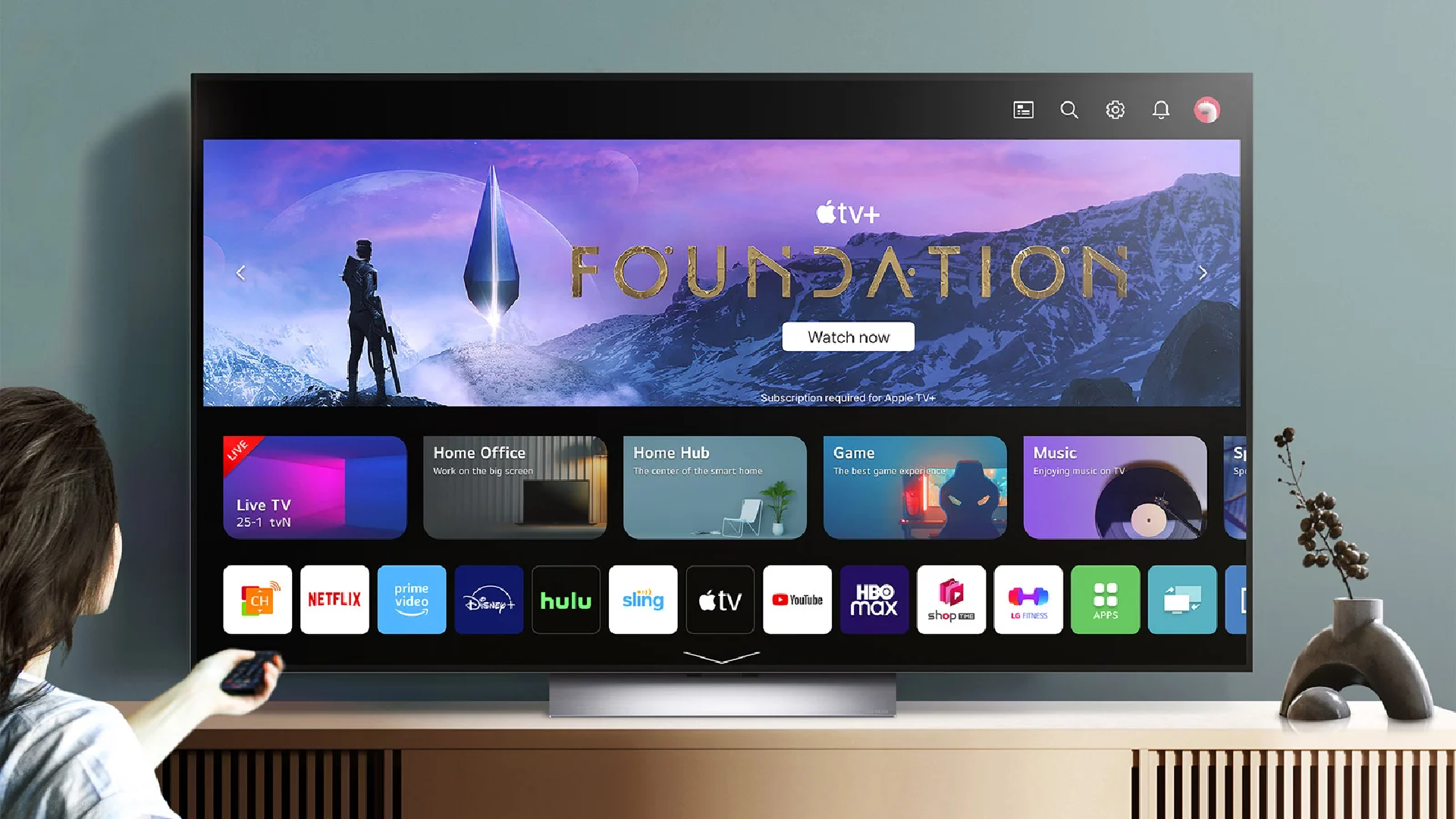
More and more TV hacks have become commonplace over the past several months. From the likes of LG’s webOS concerns, which saw several vulnerabilities across a wide swath of the best LG TVs, to Roku’s major credential stuffing breach that compromised over 500,000 accounts, it’s clear that our displays are fast becoming a hotspot for cybercrime.
As our TVs improve beyond just OLED and Micro-LED panels, with more of a technological backbone to better suit you across a wide range of use cases, so too will their potential for imminent hacking. Vulnerabilities run rampant across such smart TV interfaces, many of which go unnoticed until hackers have already pried open that unknown door.
It’s important to bolster your security before it’s too late, as leaving your TV open to hackers could make other devices on your home network just as vulnerable. While it is on the side of TV manufacturers to implement better security parameters, there are several ways you can protect yourself from nasty cybercriminals that prey on the unprepared user.
The wild west of TV cybersecurity

This year has highlighted a major leap in TV cybercrime, with hacking and breaches on home entertainment systems now at an all-time high. Although it might seem somewhat new, the problem of TV hacking has been an ongoing issue as far back as 2017, which saw an unprecedented 85% of smart TVs capable of being remotely hacked.
Today, though, things have slightly improved. Unfortunately, while the potential for hacking on TVs is far less widespread, the vulnerabilities and bad actors are still very much prevalent. Case in point: the more recent discovery of over 91,000 LG TVs with software vulnerabilities via its webOS smart TV interface.
Anyone using an LG TV from 2019 or earlier without the latest webOS update are still in the crosshairs of bad actors, with said flaws capable of allowing them access to connected webcams, account details, and even other devices on your network.
LG has already patched out these worrying security flaws, but updating the TV itself comes down to the user. This means that anyone using an LG TV from 2019 or earlier without the latest webOS update are still in the crosshairs of bad actors, with said flaws capable of allowing them access to connected webcams, account details, and even other devices on your network.
More inflammatory is the data breach of over 15,000 Roku accounts in March that saw everything from passwords and usernames to credit card information stolen then sold across the internet. To make matters worse, the TV manufacturer, which just launched its newest Roku Pro Series TV, was hit with yet another credential stuffing breach that corralled as many as 576,000 accounts.
It’s clear that better protections and ways of securing our smart TVs are of tantamount importance as the technology grows ever-smarter, as displays might soon be at the heart of our smart home ecosystems. In the hands of bad actors, this additional level of control should prove dangerously worrying — especially if left unchecked.
How to lock down your TV like Fort Knox
While it might take some time before our TVs get any improved security parameters from their makers, there are several ways you can beef up the protections now before it’s too late.
The best way to combat any potential cyberattacks on your TV is to ensure your router is properly secured from the start. Thus, you'll want to use a well-thought out password and other protective measures around it, like leveraging one of the best VPNs, which should keep most other devices secure on the network just as well.
As mentioned previously in regards to the LG TV webOS vulnerabilities, your protection really comes down to you. You’ll want to ensure that your TV OS is always up to date with the latest firmware, which may require you to search a bit in the backend and settings to find the proper update needed, keeping your display’s security as tight-knit as possible.
It’s important to download only apps that are trusted and from reliable sources, so keep away from unwarranted applications that may seem helpful on the outside but prove dangerous if downloaded.
One way bad actors can find a ways onto your TV software through security flaws is, just like on phones and PCs, via malicious software. It’s important to download only apps that are trusted and from reliable sources, so keep away from unwarranted applications that may seem helpful on the outside but prove dangerous if downloaded.
Finally, several smart TVs do have security functions in place, but you’ll just have to go by the type of TV and manufacturer you have. Not every TV OS looks and runs the same (Roku and Google TVs work very differently, for example) so you’ll have to search around in the settings of your particular device to find them.
One feature that definitely should be focused on is data sharing, which will probably be found in the security or privacy settings on your TV. Another good one to look out for is microphone or camera settings, as you most definitely won’t need those and will want to turn those off immediately if your TV has them available.
With that being said, you should have enough firepower to keep yourself protected from bad actors lurking in the shadows on the TV security front. But don’t think that all of these steps will keep you totally protected, though, as TV manufacturers will have to address these security concerns one way or another in the coming future as displays become ever-more savvy.
More from Tom's Guide
Sign up to get the BEST of Tom's Guide direct to your inbox.
Get instant access to breaking news, the hottest reviews, great deals and helpful tips.

Ryan Epps is a Staff Writer under the TV/AV section at Tom's Guide focusing on TVs and projectors. When not researching PHOLEDs and writing about the next major innovation in the projector space, he's consuming random anime from the 90's, playing Dark Souls 3 again, or reading yet another Haruki Murakami novel.
